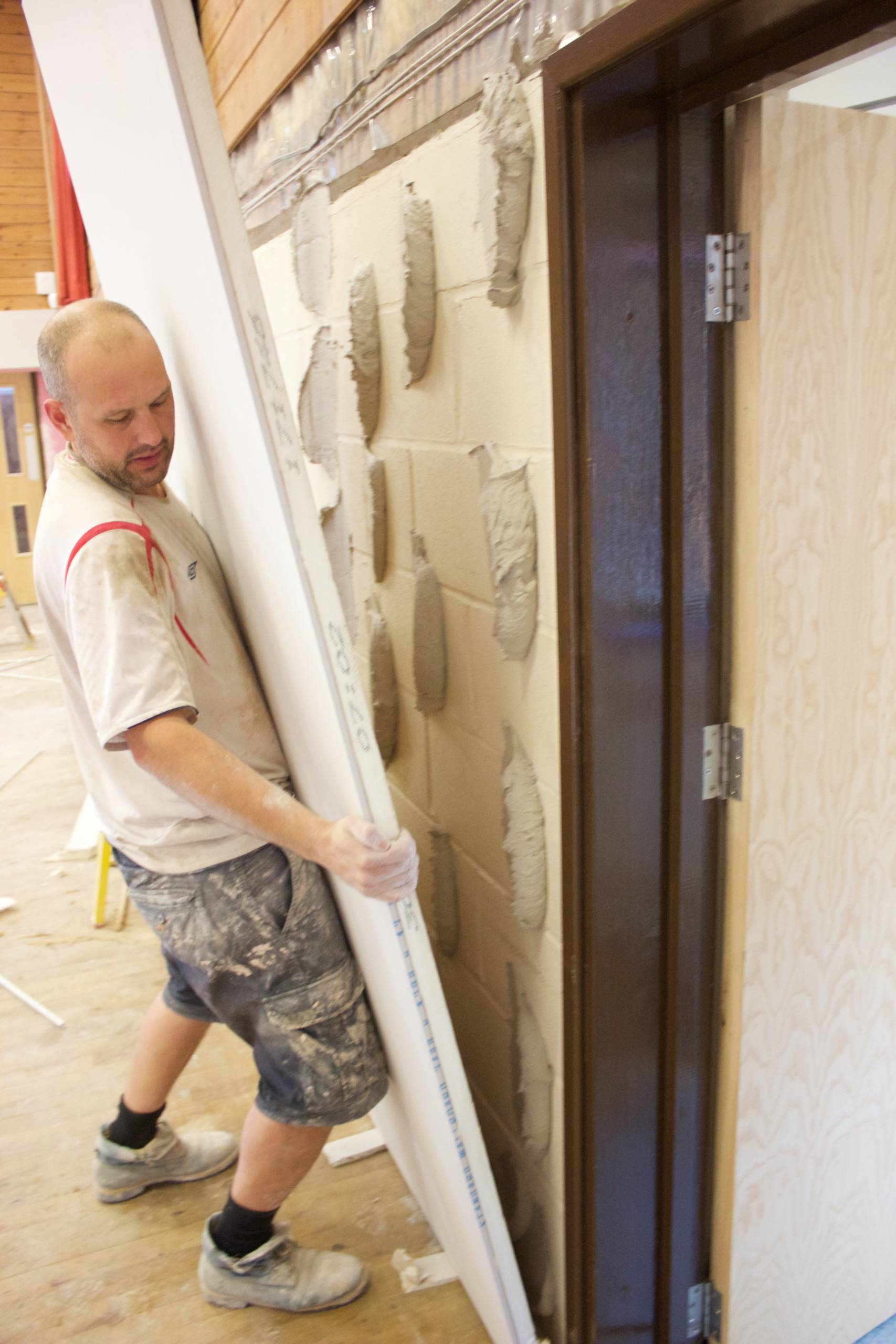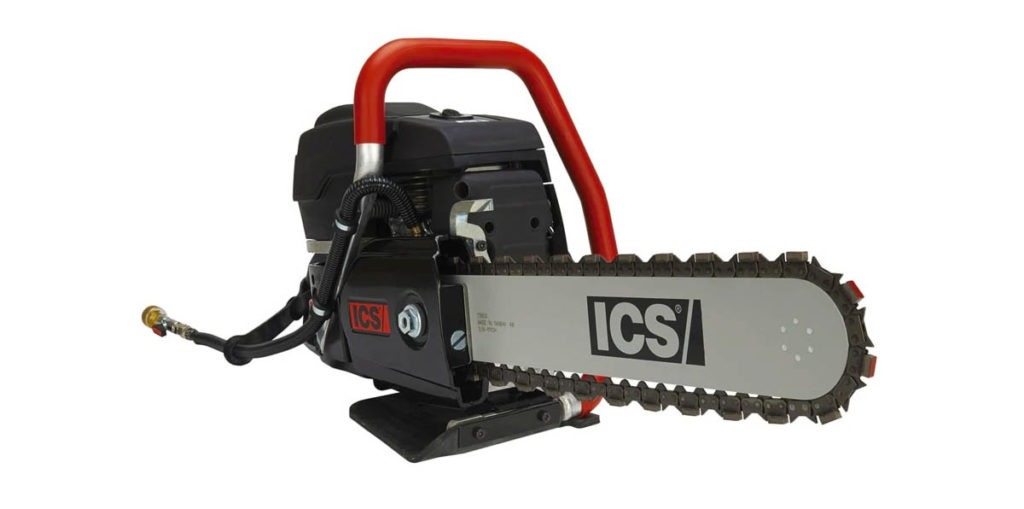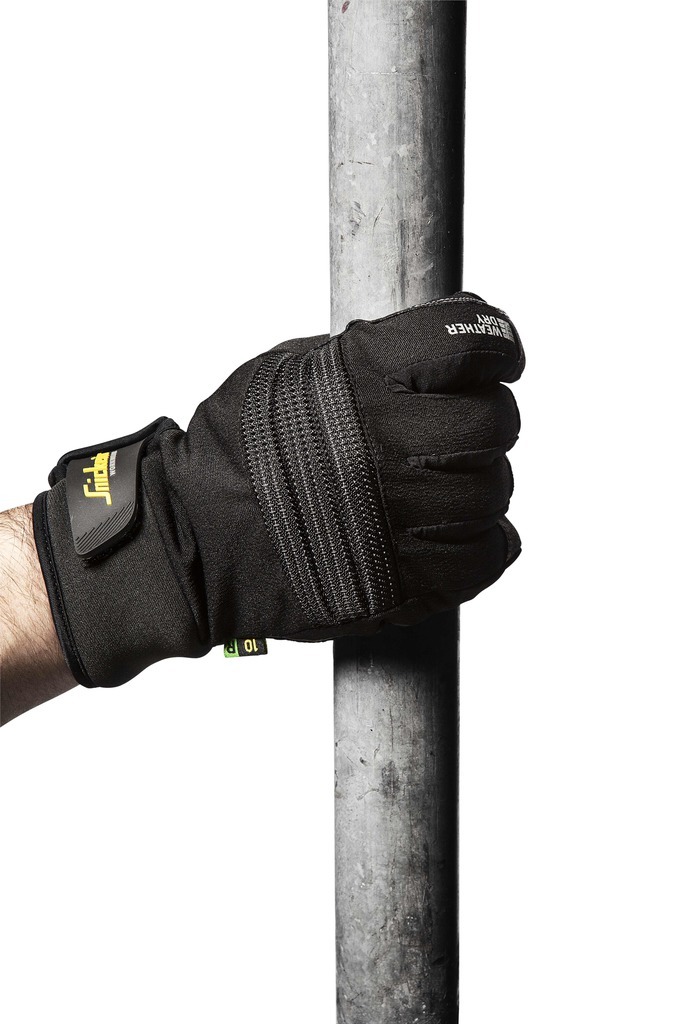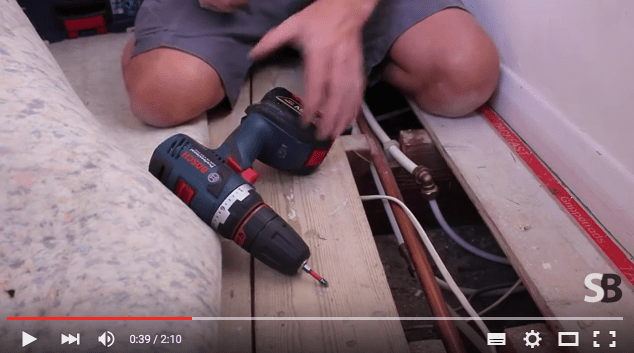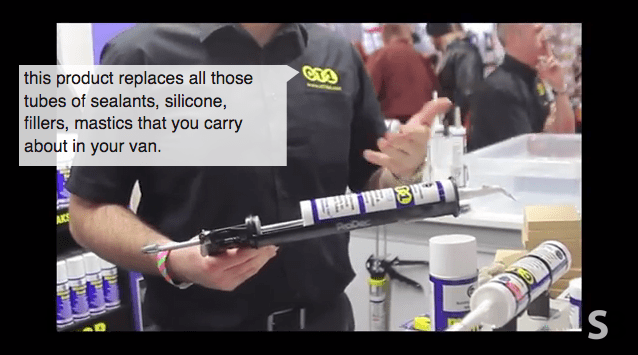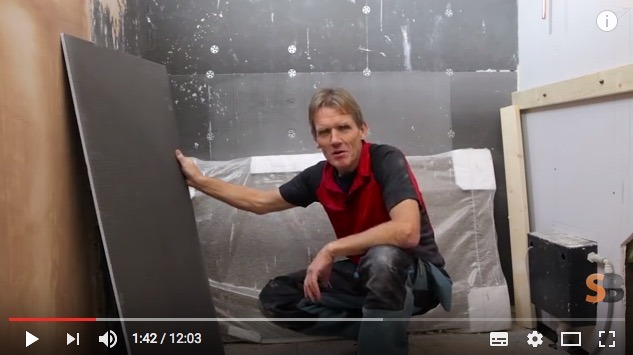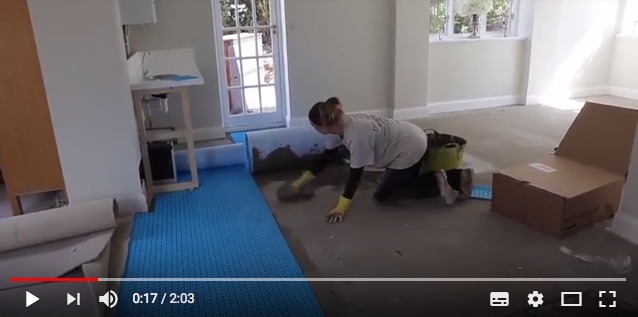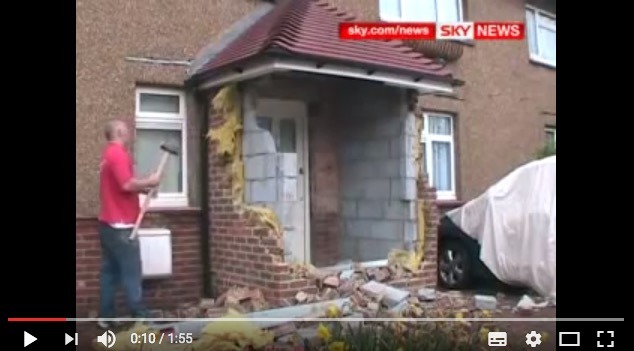This is an instantaneous thermostatic electric shower that’s designed to be easy to fit. It’s a modern-looking case, and it’s designed to cover over existing footprints of showers, so if you’re replacing an electric shower, then hopefully this will cover over all the screw holes; you won’t get involved in any retiling.
But here’s the other thing; they make it easy to fit with a choice of pipe entries. You can come in either on the left or the right hand side, and you’ve got a channel coming down, so if you’re coming in from the ceiling with an exposed chrome pipe, you can run down inside the channel, swivel the elbow around, and then pop it straight in. Or you can just swap it over and come in the other side. They make it as versatile as possible.
It’s a well-known fact that not many people ever read the instruction booklet, which is a bit of a shame, because it’s only when the job finishes and something goes wrong that people reach for the instructions. The instructions for the Bristan Joy are easy to follow. They’re clear; you don’t need to be a scientist or an engineer to follow them. And they also have, in the middle, a very handy fixing template, which is useful if you’re setting out for new work. But if you’re going on to existing work, you probably won’t need the template. You’ve more or less got to put the shower up over where the pipe and the cable connection come in and make sure that you can work with those. But it is a versatile shower, so you shouldn’t have too much trouble.
Okay, we’ve got the template leveled up nicely now, so we’re ready to mark these fixing holes so they’re ready for drilling. Now, some people get very worried about drilling tiles because you can do a lot of damage. Some people say stick a bit of tape on there, stops the drill from skidding. But here’s something that I do. It’s a tip that’s going to raise alarm bells with some of you, I know that. But what I do, is I get a screw or a nail or anything like that, and I just mark the hole with a very tiny little tap. What that does is it just breaks the glaze very, very slightly, so that when you drill, the drill wants to center on that point.
Also, if I’m fixing something like a shower, I only put the top two holes in. I don’t mark and drill the bottom hole until I’m absolutely sure that the thing’s level. That way, if you need a very slight bit of adjustment, you’ve got it.
In this situation, we’re using a rear pipe entry, and that will be typical of a lot of replacements that you’re doing. We need to trim this pipe to make sure that it goes into the elbow. The elbow protrudes very slightly past the back of the unit, which to my mind is not ideal, but so long as you make sure that the hole around the pipe is big enough to accommodate that bit of elbow, you’ll be fine. I’ve got to trim it. I’ve worked out that it’s 16 millimeters of pipe protrusion beyond the tiles to get into the fitting, so I’m going to cut that with my pipe slice.
At this point, what I would like to do is hang it on the wall and offer it up on the pipe work, just to make sure that everything’s right. But there is a problem here: in Bristan’s instructions, they say that if you’re going to use a rear entry pipe work, you need to have access from behind. They say that for one very good reason, and that’s because once the push-fit fittings are in, they’re locked taut, there’s no way that you can remove them again from the wall, because if the pipe work is fixed and you can’t pull it out, then you’re stuck.
What I do – it’s a little tip – with these collets here, you can just, if you’re careful, flip them out with your fingers, and then you can try a trial fit without the pipe locking on the fitting. You must remember to put that collet back in finally; otherwise there’s nothing to stop the fitting from pulling off the end of the pipe. But just temporarily, while you’re doing the trial fit, you can take that collet out, put it in a safe place, and pop it back in afterwards. That’s perfectly acceptable.
Before I leave this subject of pipe positions, there’s one more option which is included in the Bristan instructions. Rather than coming through the back and having that problem that I talked about with the collet locking on, if you’re worried about that and you’d rather be able to get the shower on and off the wall easily, what you can do is put an elbow in the existing pipe. There may already be one on it. It doesn’t matter whether it’s compression or capillary elbow. But if you just then turn the pipe down through 90 degrees, you’ll find that you can just pop the shower on that way. That way, it’s very easy to remove it if you ever need to.
Okay, now we’ve got the pipes in and it’s time to look at the wiring. If you’re doing an existing shower, then the cable is probably in there, and you’ll just want to adapt that to the shower. You can come in from either side, or you can drop it down on the surface, so there are a few options there.
If you want to come in from the right hand side, you can either come in through the back of the wall or you can come up through the entry point and then put the conduit on. If you pop the live and the neutral behind the filter housing, and then the earth, you can just bring around the front there – there’s plenty of room that way. Not too crowded. And then you can make your connections up through the channel.
When it comes to connecting to the terminal block, there’s a sign here, a little label, which says that you’re going to make sure that all these terminal connections are tight. The reason for that is that these things draw quite a lot of power, and if you’ve got slightly loose connection, you’re getting an overheat and you can get a burnout of a cable. I’ve been to many showers which have stopped working and found that it’s just been loose terminals which have caused the cable to burn out. That’s an important point to remember.
Now it’s time to fit the riser rail. The riser rail’s only got one hole in it, because there’s only one fixed position for the screw. This is useful because if you’re replacing an existing riser rail, then you can adjust the screw holes on this riser rail to fit the old one.
Okay, so that’s it. Our basic installation is done. I’m just waiting for the electrician to wire up to the RCD and put his isolating pull cord switch in, and also I’ve got to put an isolating valve on the cold water supply. Other than that, it’s ready to go, but obviously I want to put the shower screen up first.
But before I do that, I just want to explain a little bit about the controls. Scale is a problem in hard water areas. Electric showers are prone to it because they heat the water to quite a temperature in a small cylinder. It’s a bit like the kettle, if you like. So Bristan have thought about this. They’ve done a lot of work on it. One thing they’ve done, in the electronic controls, there’s a run-on. So when the shower’s turned off, it runs on to clear the water out of the cylinder so that it’s not hanging around forming scale. That helps enormously.
Also, they’ve got a quite clean head. This has got a three position on it, which helps to just move it around every so often. But you can wipe the surface clean, and that gets rid of some of the scale. And there’s also a filter which can be taken out and cleaned every so often, and just run through with cold water, just to make sure that’s nice and clear.
So those three things are going to extend the life of the shower and hopefully solve a few of those scale problems. It comes with a two-year guarantee, so that shows that they’re confident about it. But if the customer takes care of those small points, it will increase the life of the shower.
www.bristan.com/products



